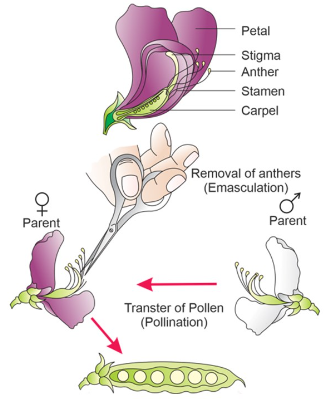Nov . 30, 2024 21:35 Back to list
Creative Solutions for Protecting Your Fruit Trees with Custom Bagging Techniques
Custom Fruit Tree Bagging A Guide to Maximizing Fruit Health and Yield
Fruit cultivation has long been a cherished endeavor, both for commercial growers and home gardeners. One of the most effective and sustainable methods to enhance fruit quality, protect fruit from pests, and ensure a bountiful harvest is through custom fruit tree bagging. This article will explore the importance of bagging fruit trees, the benefits, materials needed, and a step-by-step guide to implementing this technique.
The Importance of Bagging
Fruit bagging is the practice of covering fruit with protective bags at various stages of growth. This technique is particularly crucial for delicate fruits such as apples, pears, and peaches, which are susceptible to damage from insects, birds, and environmental factors such as rain or sunburn. Bagging helps to create a microenvironment around the fruit, reducing the risk of diseases while promoting optimal ripening.
Benefits of Custom Fruit Tree Bagging
1. Pest Control One of the primary reasons fruit trees are bagged is to protect them from pests. Insects such as codling moths and fruit flies can cause significant damage, leading to lower yields and compromised fruit quality. Bags act as a physical barrier, keeping harmful pests away from the fruit.
2. Disease Prevention Fungal diseases can also affect fruit trees, especially in humid climates. Bagging keeps moisture build-up around the fruit to a minimum, reducing the likelihood of diseases like brown rot or powdery mildew.
3. Improved Quality Bagged fruits tend to be more visually appealing and of higher quality. Bagging helps to prevent blemishes and sunburn, allowing the fruit to develop its natural flavor and color without the interference of environmental stressors.
4. Water Protection During heavy rainstorms, water can splash onto ripening fruit, leading to cracking and other forms of damage. Bags protect against this by preventing direct contact with raindrops.
5. Early Harvest Bagging can accelerate the ripening process. Since the bags create a warm and sheltered microenvironment, fruits can mature faster than those left exposed to the elements, allowing for earlier harvesting.
Materials Needed
To successfully implement custom fruit tree bagging, you'll need some essential materials
custom fruit tree bagging

- Bags Choose breathable bags made of paper, mesh, or specialized fabric. These materials allow air circulation while keeping pests out. The size and type of the bag may vary based on the fruit type and size. - Ties or Clips Use ties or clips to secure the bags around the branches. This ensures that the bags stay in place and do not fall off during windy conditions.
- Pruning Shears Pruning shears help in easily accessing the fruits and bagging them without damaging the trees
.- Labels (Optional) Use labels for clarity, especially if you’re bagging different varieties or strains of fruits.
Step-by-Step Guide to Bagging Fruit Trees
1. Timing Begin bagging fruit when they are in their early growth stage—typically when they reach about the size of a golf ball. This timing ensures maximum benefits from bagging.
2. Select the Right Bags Choose the appropriate size and type of bag. For instance, larger fruits may require bigger bags to accommodate their growth.
3. Prepare the Trees Ensure that the tree is healthy and free from diseases. Inspect the fruits for any signs of pests before bagging.
4. Bag the Fruit Place the bag over each piece of fruit. If using reused bags, make sure they’re clean and free of any contaminants. Secure the bag at the base using ties or clips to prevent pests from entering.
5. Monitor and Maintain Regularly check the bagged fruits for any signs of pests or diseases. Ensure that the bags remain intact throughout the growing season.
6. Harvest Once the fruits are ripe, carefully remove the bags to reduce the risk of damaging the fruit during harvest.
Conclusion
Custom fruit tree bagging is an effective practice for enhancing the health and yield of fruit trees. By providing protection against pests, diseases, and environmental stressors, this method ensures that growers can enjoy high-quality produce. With the right materials and a straightforward approach, anyone can implement this technique and reap the benefits of healthier, more abundant fruit trees. Whether you are a commercial producer or a home gardener, consider incorporating fruit bagging into your horticultural practices to boost your fruit production.
-
Artificial Pollination Solutions for Pear Trees Auxiliary Pollination Services & Pricelist
NewsJun.10,2025
-
Bagging Paper Bag for Fruit - Wholesale Suppliers & Manufacturers for Fruit Factories
NewsJun.10,2025
-
Premium Apple Birch Tree Pollen Suppliers Quality Exporters
NewsJun.09,2025
-
Lorado Pollen Suppliers Pure Apricot Flower Pollen Collection
NewsJun.09,2025
-
Premium Mulberry Pollen Natural Source for Bee Health & Nutrition
NewsJun.09,2025
-
Optimize Cross Pollination Functions Top Manufacturers & Suppliers
NewsJun.09,2025